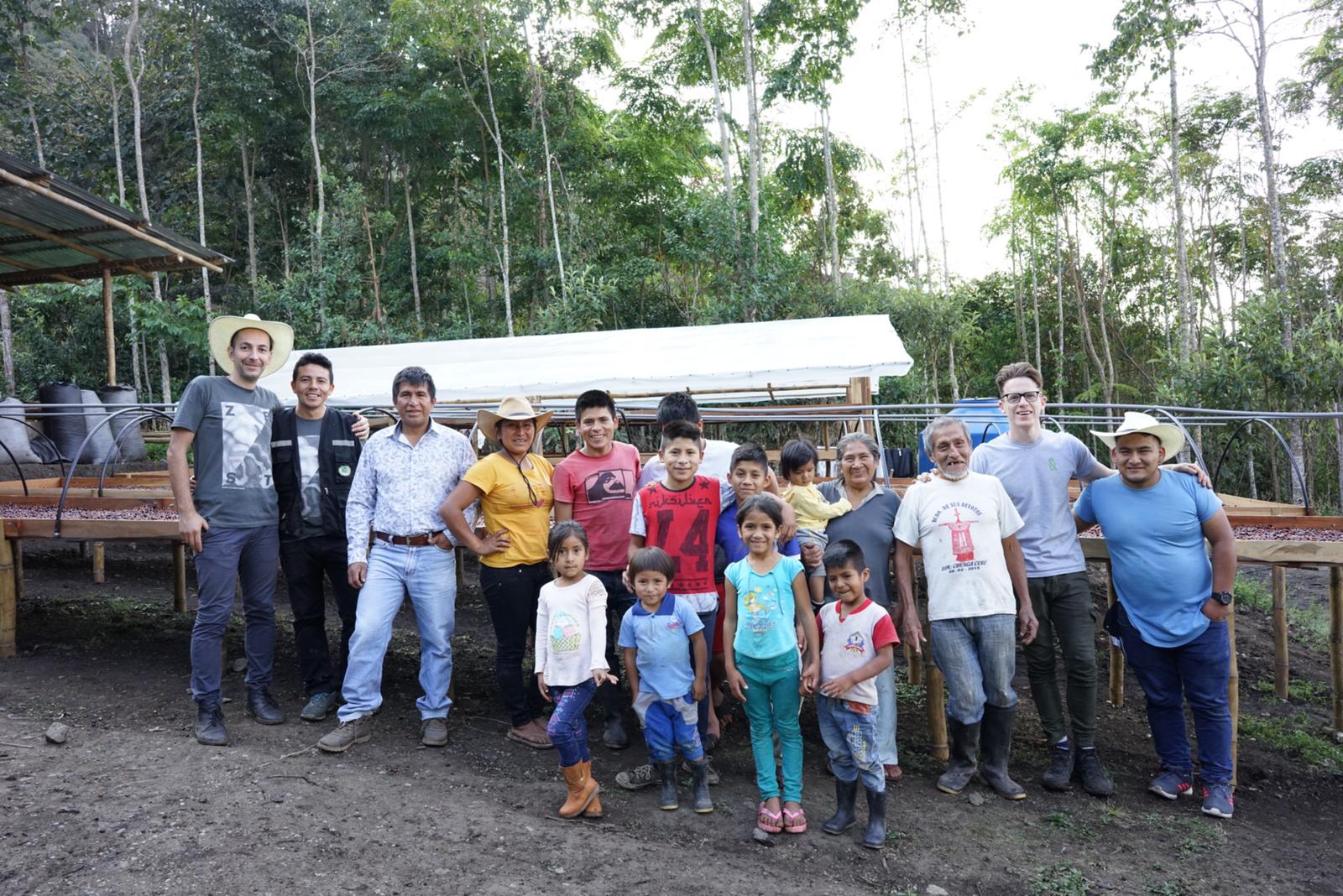
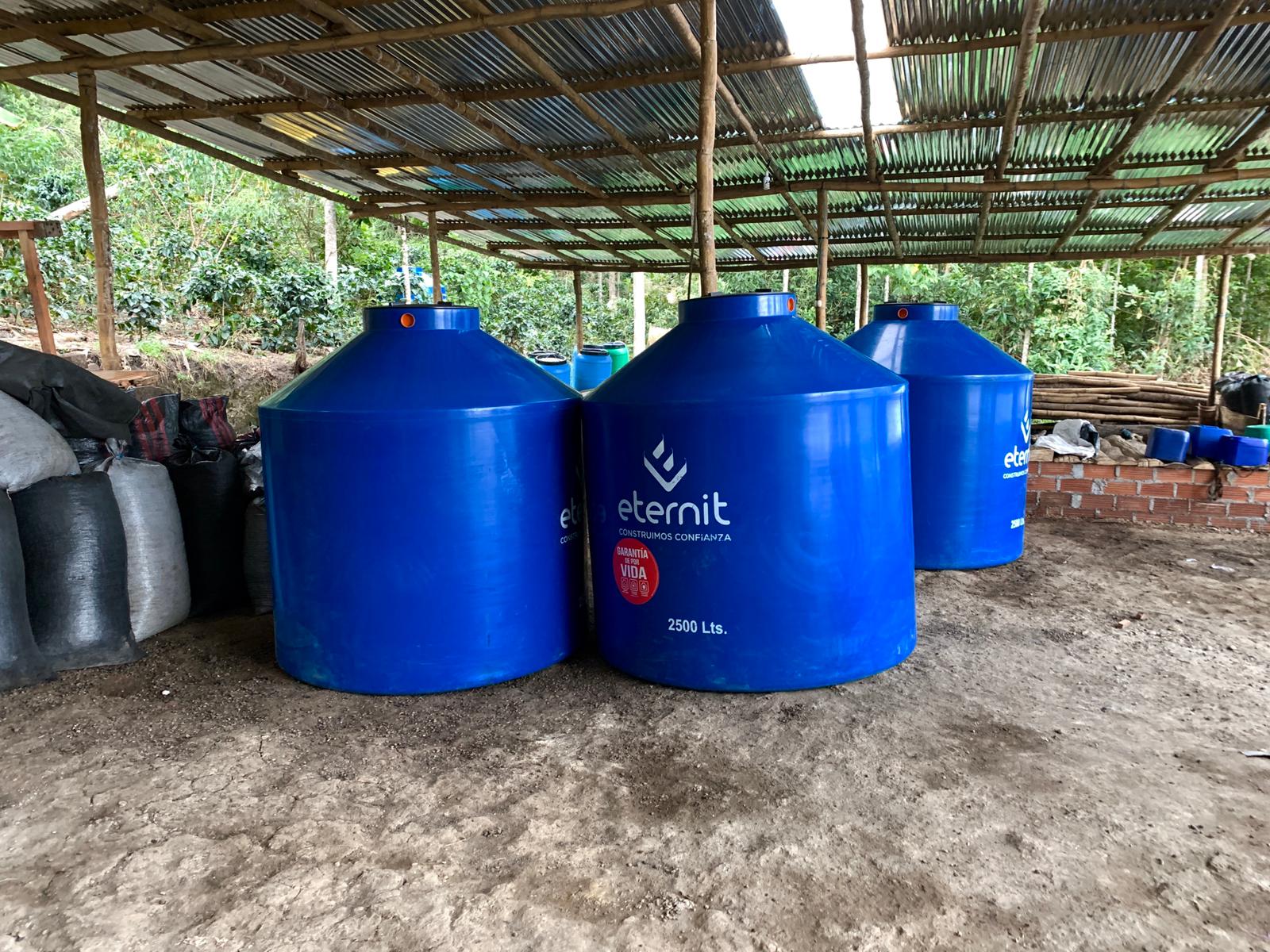
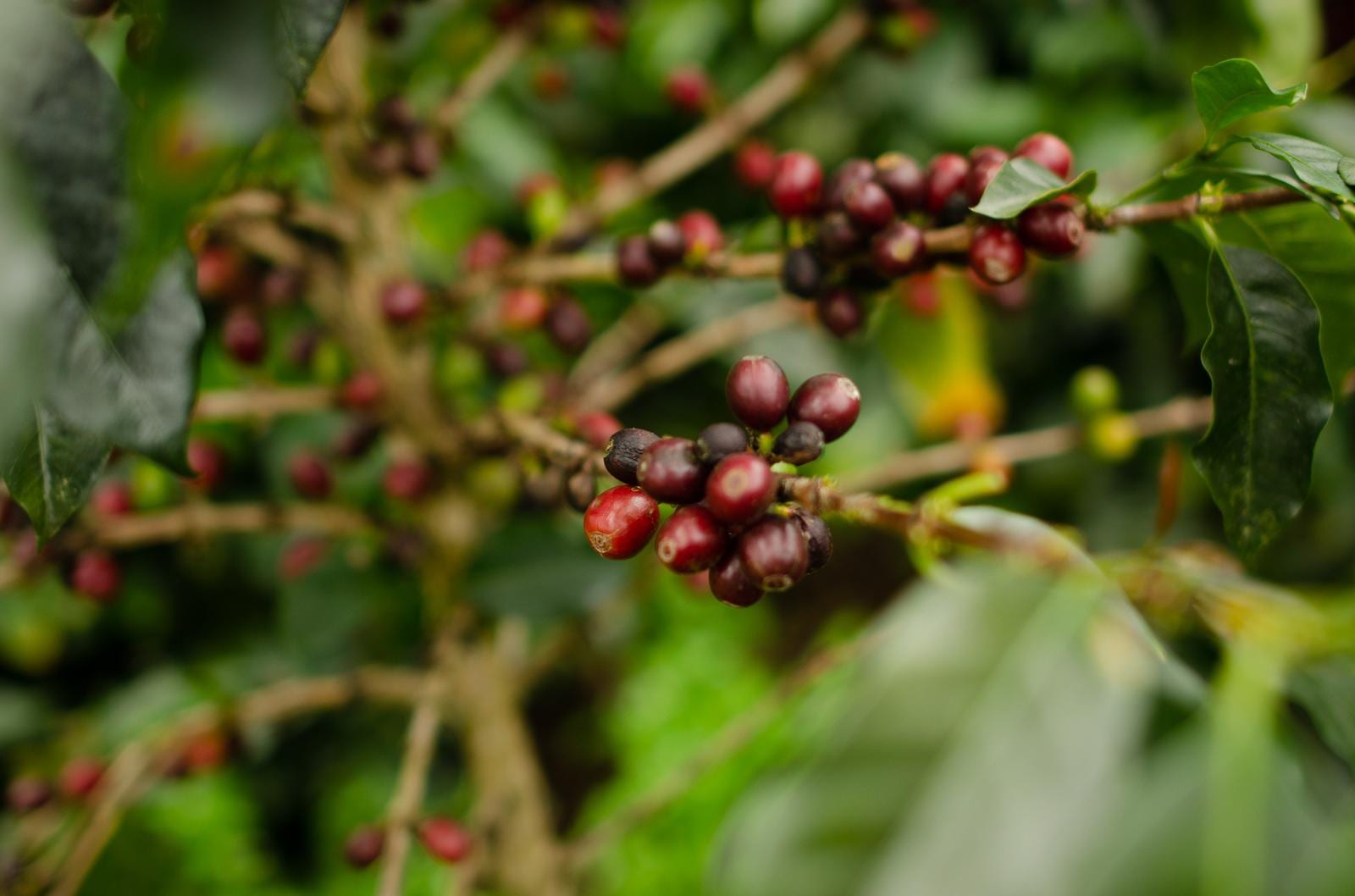
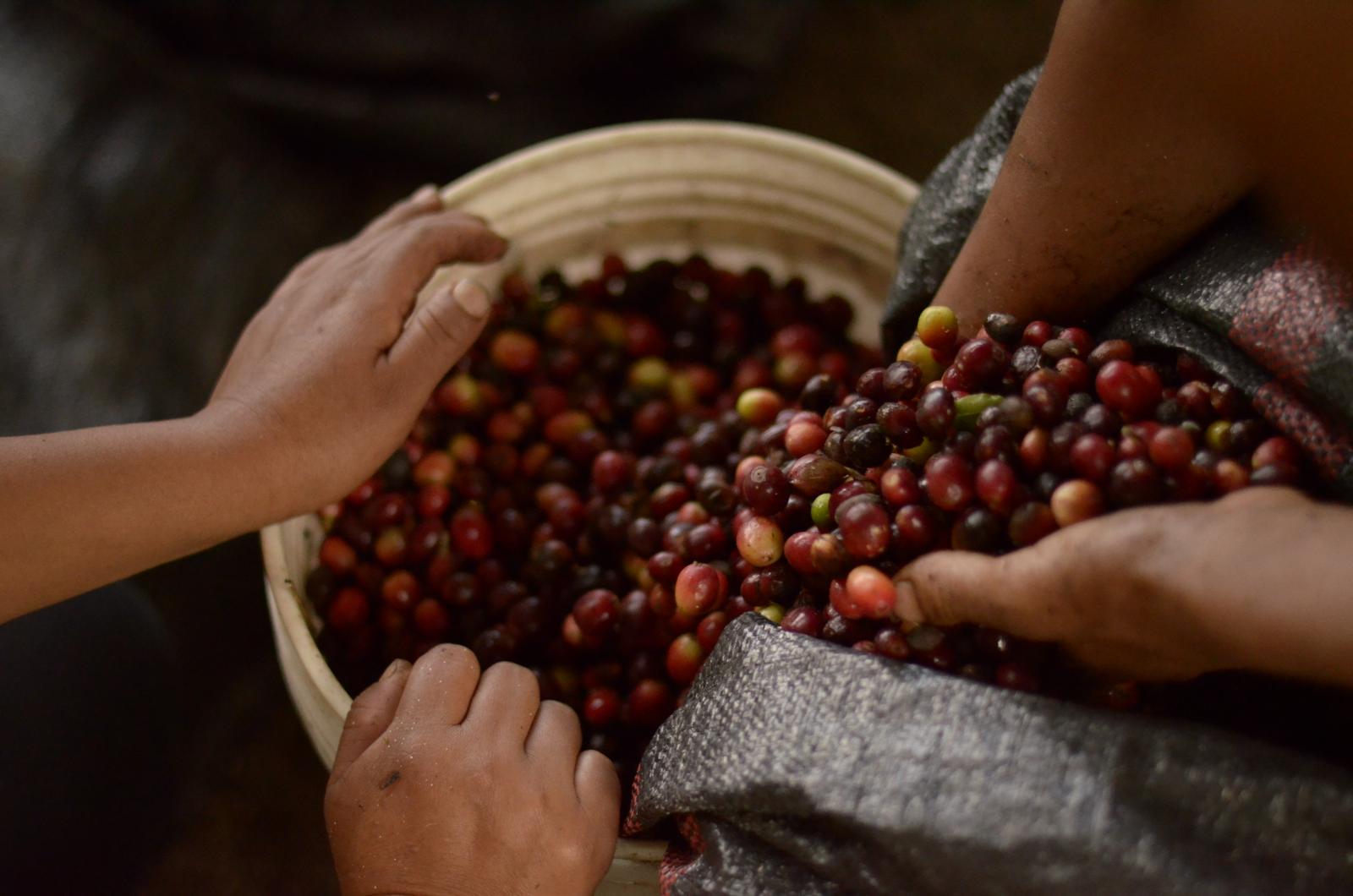
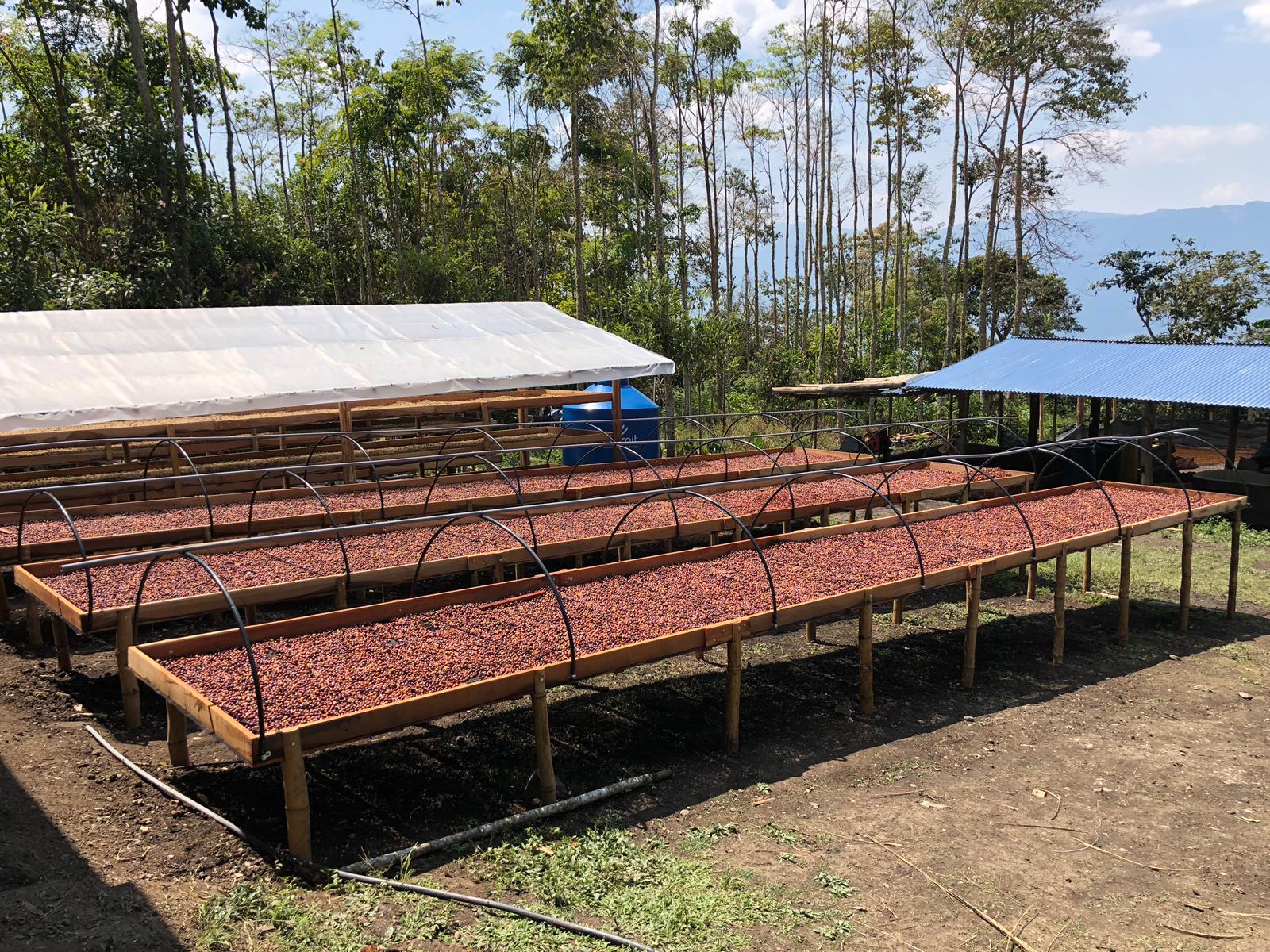
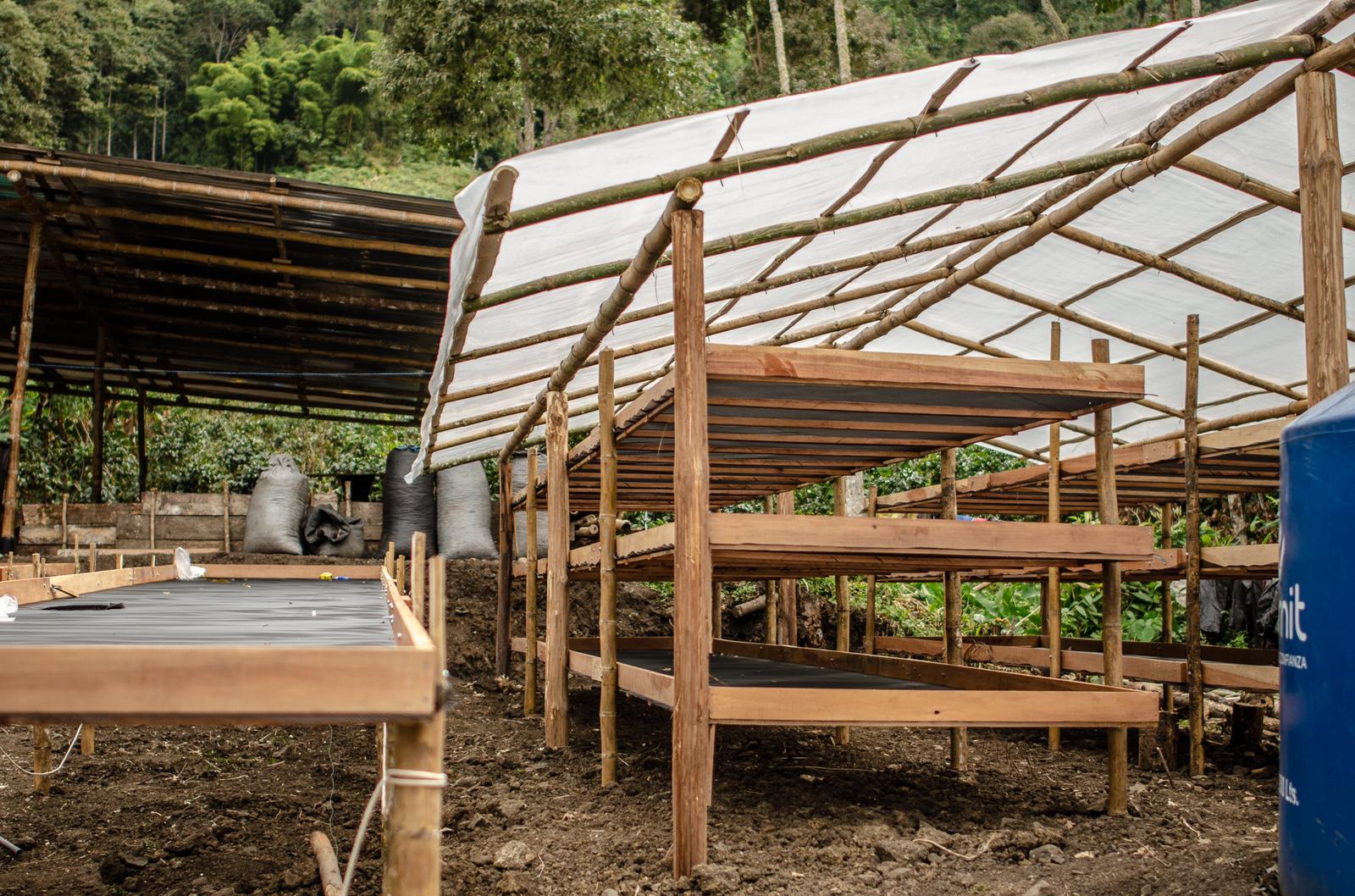
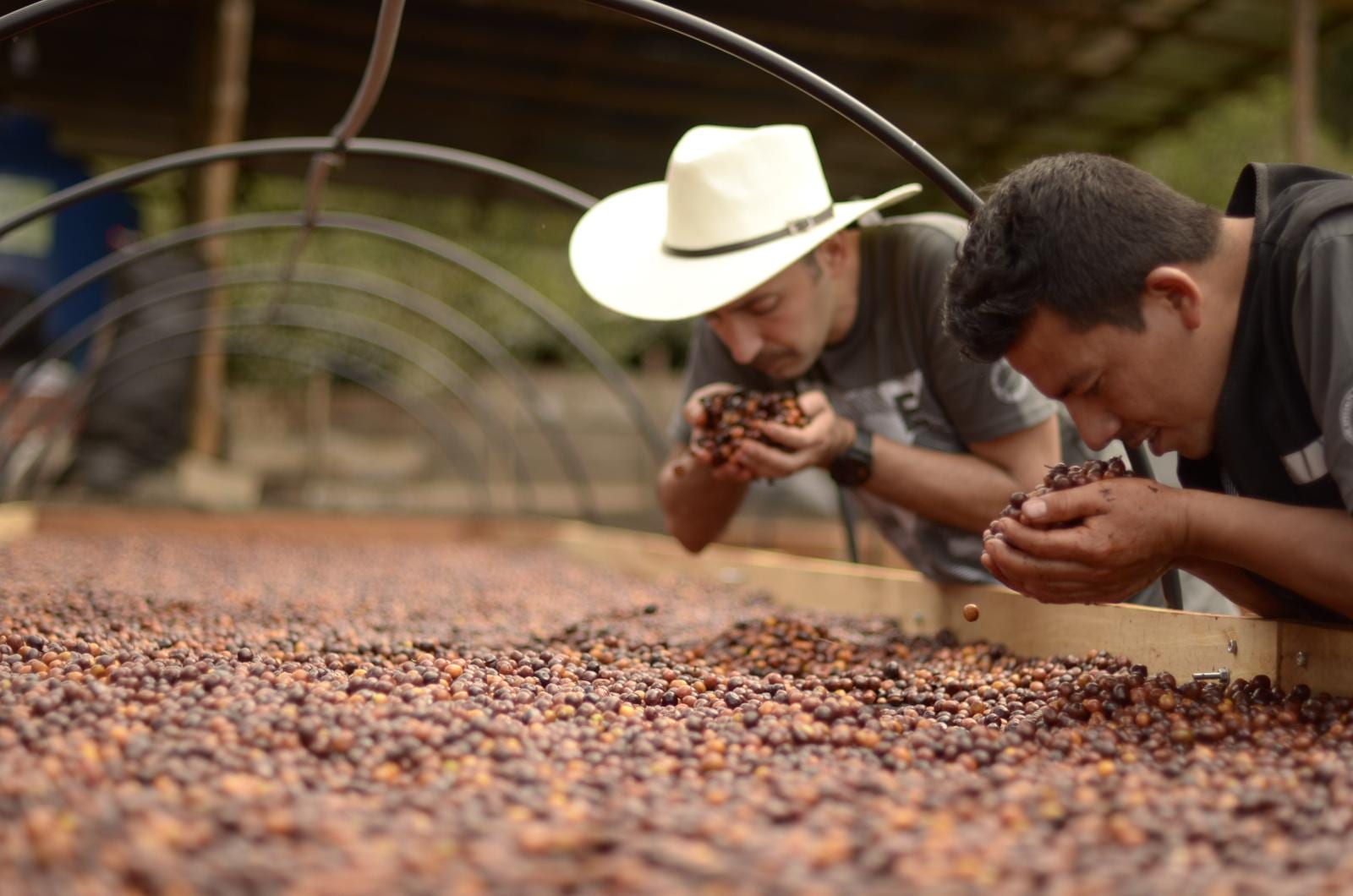
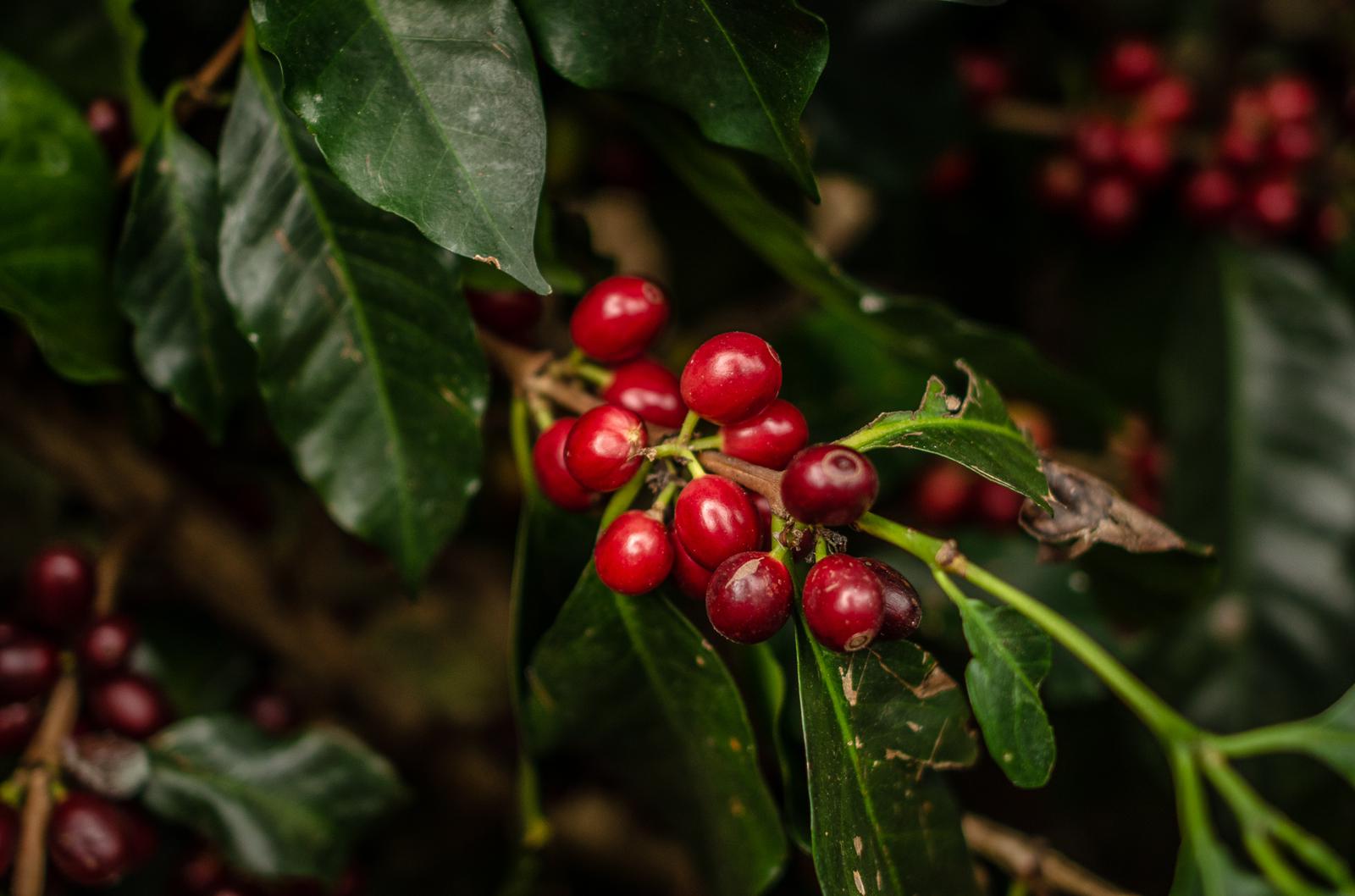
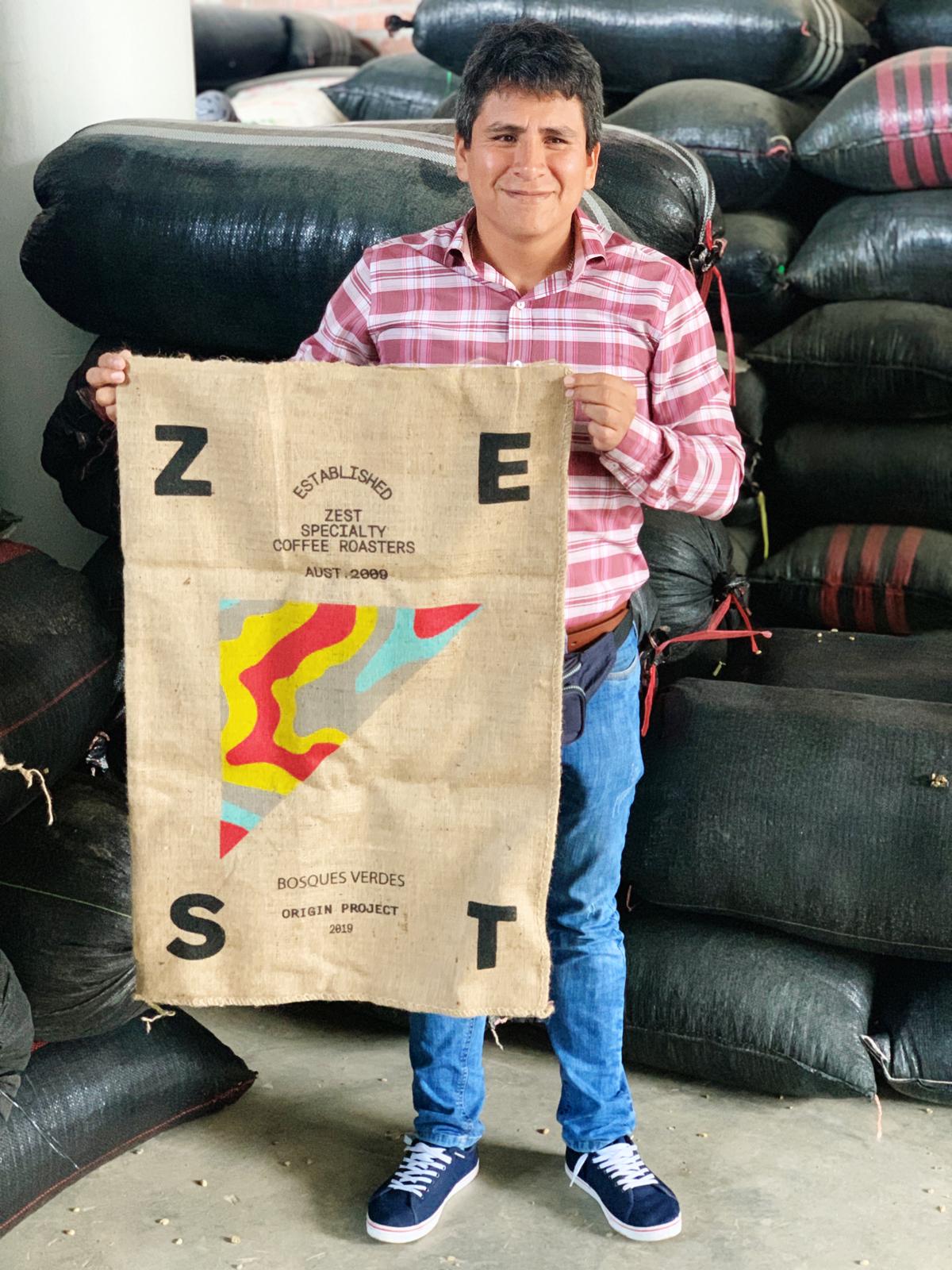
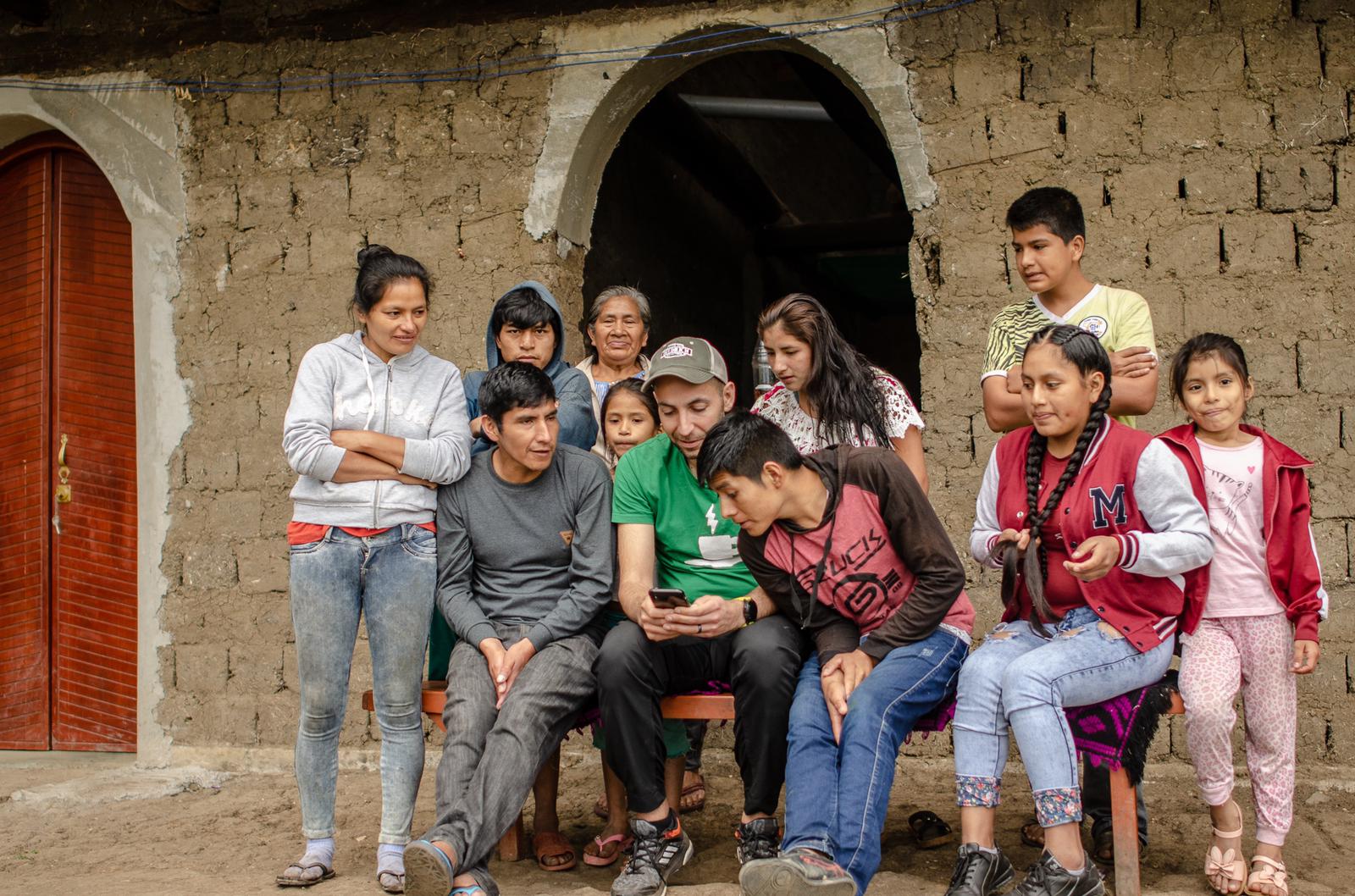
Bosques Verdes: Our Peruvian Project Part 2…
A little over 2 weeks ago, two of our roasters, Darren and Aryan and barista, Andy, landed in San Ignacio, Peru. For those who haven’t been following along on social media, we were there to carry on with our coffee fermentation experiments alongside farmers from the Bosques Verdes Co-op (San Ignacio, Peru).
The difference this time, with the results of the pilot experiments from last year fresh in our mind, we knew which processes were going to get the most out of the beans. And we were aiming at coming home with a lot more to offer. Exciting!
We also had better equipment this time round. Through our financial investments into the co-op, the farm we conducted this round of fermentations on, Finca Don Nolasco, was already equipped with large fermentation tanks and enough raised African drying beds to support our project.
Confidently upscaling quite dramatically from our last visit, we purchased around 6 tonne of coffee cherry from Finca Don Nolasco which, when fully processed, equates to around 1060kg of green coffee. The cherry we used for the fermentations were Red Bourbon and Yellow Caturra grown at around 1700MASL in the Peruvian mountains.
At Finca Don Nolasco we did two batches of natural processed coffee using a low oxygen dry fermentation for around 90hrs, and two batches of washed coffee. One we inoculated with a commercial grade yeast and fermented for 20 hrs, and the other, which was also inoculated, we fermented for 24 hours.
We’re expecting very unique flavours from each of the four lots. Time will tell exactly what they’ll be––though we do have a pretty good idea based on our initial experiments and our research.
What we do know, and why we are facilitating these projects in the first place, is that whatever the final flavour, the coffee itself will have a much greater appeal and value to what it would have, had we just used a regular processing technique. Again, this is something we know from our pilot experiments and the driving purpose behind the whole project.
The further purpose of the project is to strengthen our relationships with the farmers in the co-op, and this trip certainly achieved that. We’ve forged not only great business relationships with the Peruvian coffee farmers of this region, but lasting personal relationships throughout the project. These strong ties allow us to work together in the future to sustain and improve San Ignacio’s coffee farming community. It’s a beautiful bond between our two communities.
The thing about coffee is it has the ability to bridge communities and cultures through a simple appreciation of the bean. Whether it be appreciating the growing, the processing, roasting, or the final product in the cup, we’re all here for the same reason and we are all a part of the same community. And that’s what we call, Coffeekind.